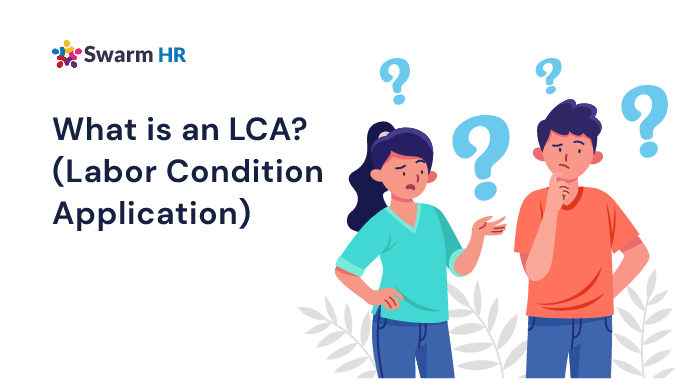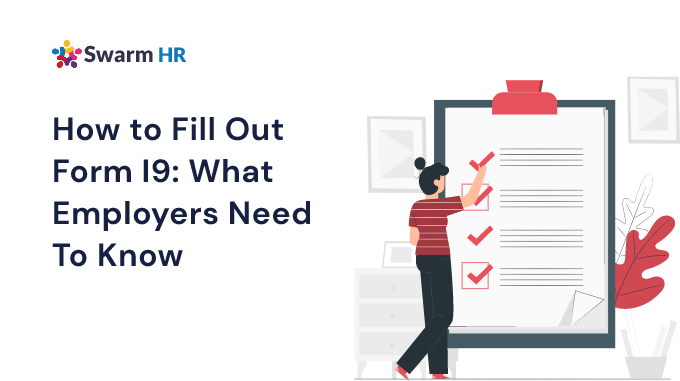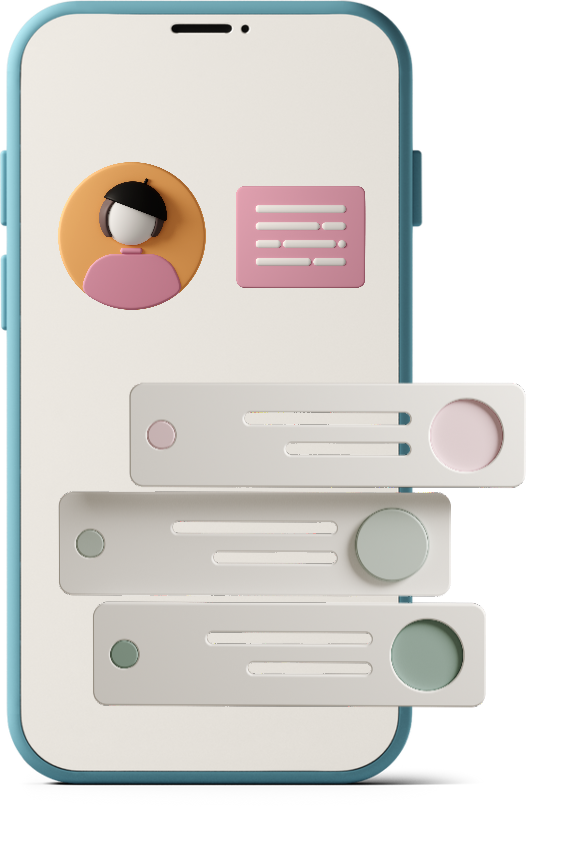Paycheck Protection Program: How to Apply and Prepare
14 May, 2022 6 min read

Key Take Away
- Learn how to apply for the Paycheck Protection Program and how to prepare for the current situation.
- This program is currently on hold because of a lack of funds. However, this guide will tell you exactly how to prepare for when it reopens.
- Be prepared by Friday, April 24 with your application and desired lender.
- PPP loans were available for the lesser of $10 million or 2.5 times your average monthly payroll.
- It is important to have multiple lenders you can contact to process your application. Start with your local lenders first.
- Four of the biggest banks were sued for not processing applications for small business owners.
- 100% of your loan could be forgiven if you follow guidelines.
- You can apply for both a PPP and EIDL loan, if there were funds available.
- Check eligibility before you apply.
- When funds are available, you can apply through any SBA approved 7(a) lender.
PPP Eligibility
In addition to meeting the size requirement (500 or fewer employees for most companies), you must show that your business has been negatively impacted by the coronavirus. You will do this, in part, by certifying on your PPP application that current economic uncertainty makes the loan request necessary.
Eligibility is further broken down to include:
- Any business categorized under “Accommodation or Food Services,” such as restaurants and hotels that have 500 or fewer employees per location
- Tribal businesses
- Independently owned franchises
- Self-employed workers, independent contractors, gig workers, and sole proprietors. The PPP loan application for those people went live April 10, 2020, according to the SBA.
Where to Apply for PPP
As noted above, PPP loans are being administered by approved SBA lenders and are actually a new form of the existing SBA 7(a) loan program. When funds are available, you can apply for your PPP loan through any of the 1,800 participating SBA approved 7(a) lenders or through any participating federally insured depository institution, federally insured credit union, and Farm Credit System institution.
Other lenders will be available to make PPP loans once they are approved and enrolled in the program. Start by consulting with your local lender as to whether it is participating. If you have trouble locating a lender, try using the SBA Paycheck Protection Program lender search tool. Bigger banks often have to process more applications. This is why it is recommended you start with local lenders.
Do not use any other road to apply for a PPP loan; scammers are already going after small business owners, reports the Federal Trade Commission, which filed a case against one such company on April 17. Only apply by first going to the SBA website. And know that the SBA will never ask for Social Security numbers, or bank account or credit card numbers up front, the FTC cautioned.
Maximize your Chances of Securing Relief Loans
Work with local banks.
Your existing lender is often your best resource when applying for Covid-19 relief loans, as banks are typically more responsive to their current customers. That said, you might want to tap a community bank in your area. However, smaller lenders are getting money out the fastest. Take note that the bank may ask for you to sign up for a checking account in exchange for a PPP loan. While that’s an extra hurdle, at least you’ll be able to get the funds you need when you need it most.
Reach out to multiple banks.
Ultimately, you should widen your search. Different banks have deployed different resources, and some may be better at handling the influx of loans than others. Beware though, if multiple lenders submit a loan application to the government on your behalf, a fraud alert could be triggered. So it is advised that you ask for a guarantee that the lenders will contact you before submitting your file.
Keep these Documents Ready for your Application
1.) SBA Application Signed for your reference, this is the same information filled in an online application.
2.) Addendum A
3.) Payroll from January 1 to December 31 2019
4.) W3 2019.
5.) 940 2019.
6.) Q1, Q2, Q3 and Q4 941-2019
7.) Bank statement for March 2020
8.) Drivers license ID
9.) Articles of incorporation
10.) All 2019 W2’s
11.) FEIN proof from IRS
12.) By-Laws and Minutes of your company
Here is a template for Addendum A (2).
| Legal Name | EIN | Business Type | Relationship | # of employees |
| “Company Name” | 00-0000000 | Type | % Ownership | 0 |
PPP vs. EIDL
The Paycheck Protection Program is one of two programs designed to help small businesses during the coronavirus crisis. The other is the Economic Injury Disaster Loan (EIDL) program. While both programs are designed to help struggling businesses get back on their feet financially, they have slightly different goals which are suggested by the names of the two programs.
The Paycheck Protection Program business loans account is a new stimulus package designed to help companies retain workers by covering eight weeks of payroll plus some other costs of remaining in business. This loan is 100% forgivable if you follow forgiveness guidelines.
The Economic Injury Disaster Loan program is an established program that helps small businesses overcome the loss of revenue during a declared disaster such as a hurricane, major fire, or, in this case, the COVID-19 pandemic. This loan includes a $10,000 advance (if you apply) that is automatically forgiven.
The EIDL loan program is also currently unable to accept applications “based on available appropriations funding.” Submitted applications, however, “will continue to be processed on a first-come, first-serve basis. Again, be prepared with your local lenders.
This information is brought to you by SWARMHR. Being a small business, we understand the importance we and our peers should take during these times. Please feel free to reach out to our team if you need more information.
Catapult to digital-first organization
Learn More
YOU MAY ALSO LIKE

09 June, 2022 6 min read
What is an LCA? (Labor Condition Application)
The Labor Condition Application (LCA) is a form employers must file with the United States Department of Labor Employment and Training Administration (ETA). Employers apply . . .

09 June, 2022 6 min read
What are Public Access Files?
Public Access Files With the compliance mandates around public access files (PAF), they continue to be a point of worry for recruiters and staffing agencies. Recognizing . . .

09 June, 2022 6 min read
How to Fill Out Form I9: What Employers Need . . .
How to Fill Out Form I9! Can you imagine being fined almost $800 because your employee forgot to sign a piece of paper? Multiply that one mistake by thousands of employees . . .




